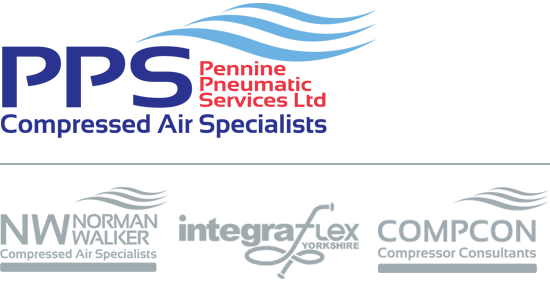Our Guide to Air Dryers
Are you having condensate problems in your airline and equipment?
Are your air cylinders, Solenoid valves and air tools failing prematurely?
Do you carry out car body repainting or shot blasting?
If the answer to any of the above is yes, then you should install a dryer
What do air dryers do?
The function of a compressed air dryer is to remove enough condensate from your compressed air to prevent further condensate forming in your airlines and associated equipment. (Line filters are recommended to be installed with all dryers.)
What are the most common compressed air dryer technologies?
Refrigerant dryer
Refrigeration dryers employ heat exchangers, one for air-to-air and one for air-to-refrigeration The refrigerant compressors used in this type of dryer are usually of the hermetic type. The goal of having two heat exchangers is that the cold outgoing air cools down the hot incoming air, which make this type of dryer more efficient. At the same time the increase in the temperature of outgoing air prevents condensation forming on the outside of pipework.
Deliquescent dryer (not widely used now)
Consists of a pressure vessel filled with a hygroscopic media that absorbs water vapour. The media gradually dissolves – or deliquesces – to form a solution at the base of the pressure vessel. The liquid must be regularly drained from the vessel and new media must be added. The media is usually in tablet or briquette form.
Desiccant dryer
Other terms commonly used are regenerative dryer and twin tower dryer – and, to a lesser extent, adsorption dryer. Air is passed through a vessel with two “towers” filled with a desiccant media. This desiccant media attracts the water from the compressed air. When the desiccant becomes saturated, the dryer switches towers; once this cycle completes, some compressed air from the system is used to “purge” the saturated desiccant bed, simply by drying the wet desiccant.
Membrane dryer
The water vapour–laden air passes through the centre bore of hollow fibres in the membrane bundle. At the same time, a small portion of the dry air product is redirected along the outside surface of the fibres to sweep out the water vapour that has permeated the membrane. The moisture-laden sweep gas is then vented to the atmosphere; dry air is supplied to the application (line filters must be used before this type of dryer).
If you are unsure of the correct dryer for your application, contact PPS to discuss your needs. If required we will visit you to determine the correct technology for your application.




